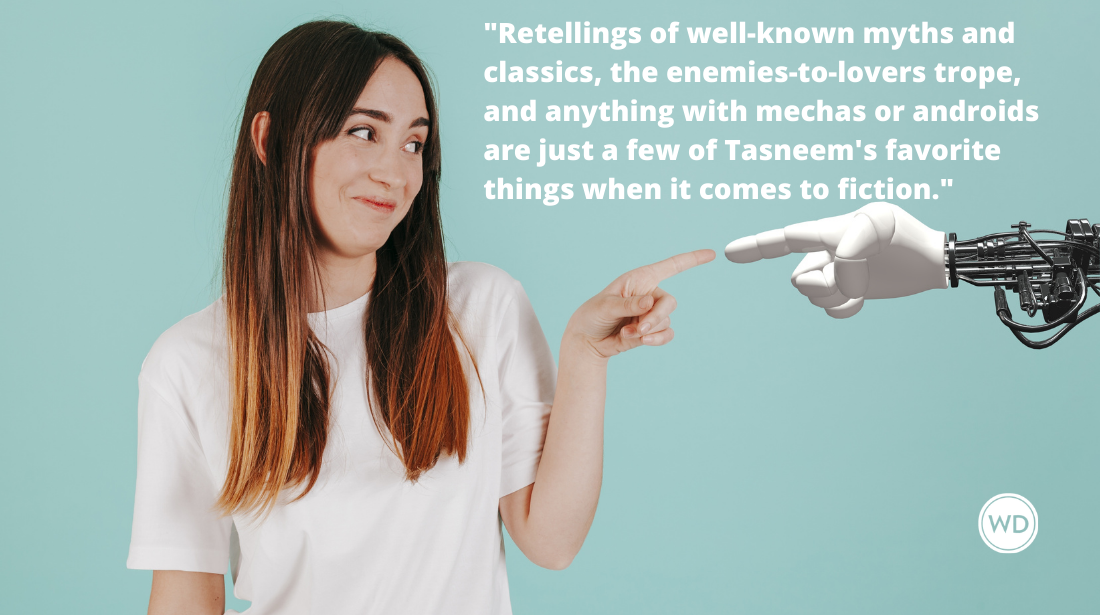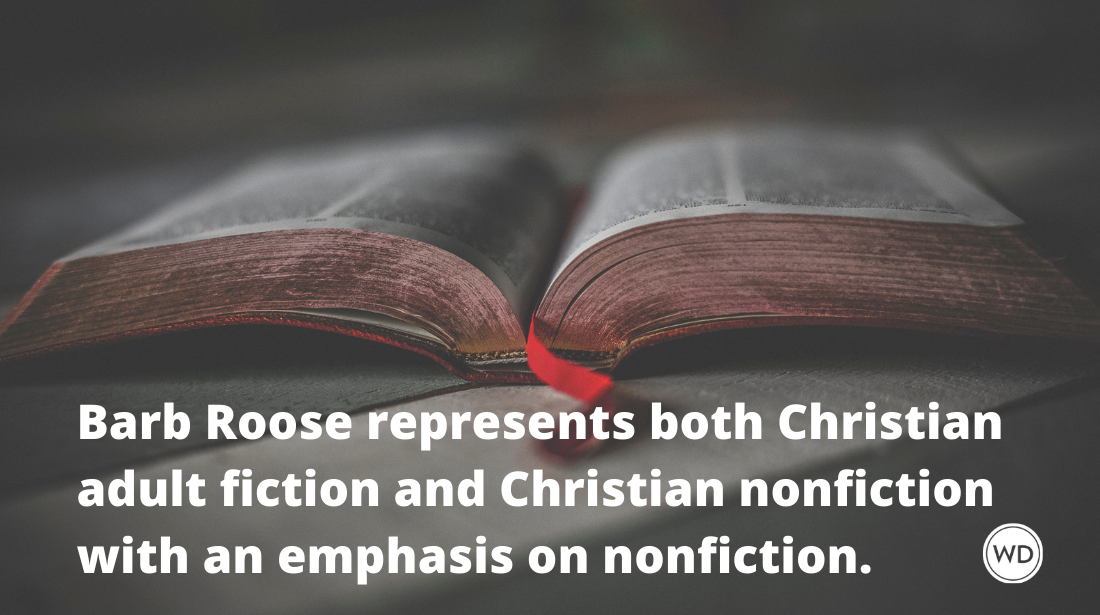Agent Advice: Erin Murphy of the Erin Murphy Literary Agency, Inc. (Part I)
The best way to get advice from literary agents is to go directly to the source. In this post, get agent advice from Erin Murphy of the Erin Murphy Literary Agency, Inc.
This interview with Erin is
Part I. Here is Part II.
“Agent Advice”(this installment featuring agent Erin Murphy of the Erin Murphy Literary Agency, Inc.) is a series of quick interviews with literary agents and script agents who talk with Guide to Literary Agents about their thoughts on writing, publishing, and just about anything else. This series has more than 170 interviews so far with reps from great literary agencies. This collection of interviews is a great place to start if you are just starting your research on literary agents.
This installment features kids agent Erin Murphy of the Erin Murphy Literary Agency, Inc. Erin specializes in kids book and has agented for 10 years. She's based in Arizona.
She is seeking: Erin has a unique submission policy and only likes queries from writers she has met at one time or another, or writers who come through an impressive referral. She seeks kids books—young adult, middle grade and picture books.
GLA: How did you become an agent?
EM: I was editor-in-chief at Northland Publishing and its children's imprint, Rising Moon, here in Flagstaff, Ariz., before going out on my own as a freelance editor. When lots of children's writers reached out to me and asked me to critique their manuscripts, distill/interpret comments they'd received from editors, and the like, it was a short hop to helping them sell the manuscripts to publishers. I didn't set out to become an agent, but it turned out to be a good fit for me. I love my job.
GLA: What are some sales you're excited about?
EM: I keep my recent sales list updated at Publishers Marketplace. I am so excited about the releases my clients have coming out early in 2010—it's going to be a banner year!
Really lively, fun picture books: Jean Reidy's Too Purpley!, Chris Barton's Shark vs. Train, Audrey Vernick's Is Your Buffalo Ready for Kindergarten?
Great chapter books and middle grade: new Theodosia and Nathaniel Fludd books by R.L. LaFevers; the latest Effie Malone book by Mary Hershey; stunning debuts from Olugbemisola Rhuday-Perkovich (Eighth-Grade Superzero) and Sarah DeFord Williams (Palace Beautiful); Laura Resau's first middle-grade story, Star in the Forest (Laura's YA, The Indigo Notebook just released last week!)
Keep-you-riveted YA novels: The second half of the Oathbreaker duo, Prince Among Killers, by S.R. Vaught and J.B. Redmond; debut YA author C.J. Omololu's Dirty Little Secrets, about the daughter of a hoarder; the latest gorgeous read from Heather Tomlinson, Toads and Diamonds.
GLA: Why do you love kids books? What draws you to them?
EM: I love the clear connection between story and reader. There are so rarely filters the reader has to work through, layers of pretense or literary ambiguity that makes reading a scholarly exercise—but re-reading brings new meaning and new understanding, so it doesn't have a lack of richness. Emotion is so clear, whether it is pain or delight. Reading children's literature feels like tapping into something primal. I constantly have in mind the new readers out there, coming to new books; it is so satisfying to help writers to reach them!
GLA: Concerning YA and MG, what do you find yourself drawn to?
EM: Unforgettable characters; stories with heart; emotional transformation; strong relationships; laughter; tight plots that surprise me; worlds I don't want to leave. I like to connect with the protagonist, so disaffected characters have to let the reader behind the mask to catch my heart. I don't tend to get on the bandwagon—I'd rather turn the conventional story or the hot new thing on its head—so I'm rarely intrigued by a pitch along the lines of "Twilight meets X" or "the next A-List." I've been seeing a lot of stories for middle-graders that feel as though they would have fit in perfectly with new releases ten or twenty years ago; they are missing a freshness and a smartness that today's successful middle-grade stories need to have. For YA, I see a lot of stories that are supposedly about teens, but the characters feel 11 or 12 to me.
I'd love to see solid, well-constructed mysteries with strong characters for either age; more romance (sweet young love for middle-grade, intense sparking for teens); and characters who reflect the splendid diversity of today's children (multicultural, biracial, homosexual, struggling with gender issues; with single parents, gay parents, grandparents doing the parenting; with half-siblings, siblings much older or younger than themselves; in nontraditional situations like house-sharing or single parents filling in for each other to cover gaps; religious, spiritually seeking, or forging their own spiritual paths) in a way that is fully integrated into character and story, not tacked on, not preachy, and not treated as a problem.
I tend to like fiction that others might find "too quiet," but encourage writers to find a way to give them hooks—which doesn't mean throw in a werewolf or change the setting to somewhere more hip, it means give the story something to hang a description on, something that makes for an eye-catching cover and title. Can you still describe it in one sentence even if it's character-driven and quiet? With the right "something," yes.
GLA: What are some problematic chapter 1 clichés that you see often in a YA/MG partial?
EM: The biggest thing is starting in the wrong place—either having lots of backstory at the opening, which keeps readers from engaging, or conversely, starting so much in the moment of the story that, again, it's hard to connect with the main character. It can be hard to give enough context and get the story moving at the same time. The other thing I see a lot is "talking heads"—all dialogue, no narrative.
GLA: If someone was chatting you with over dinner and said they have a story but don't understand the line between MG and YA, how would you explain the difference?
EM: Is there a line? It seems to me there is scale more than a line. An editor said to me recently that if the main character is 14, it automatically gets shelved in YA in the chain stores. There's a line. But I work with authors whose light and wholesome novels, with teen MCs, are read mostly by tweens; and others whose novels are populated by middle graders going through such intense experiences that the readership skews to the high end of MG/low end of YA.
In my mind, the best people to decide who the readers are for any particular book are the kids themselves, and the teachers and librarians who know the kids they work with, and who stay abreast of what is happening in today's juvenile literature. I try to focus on helping my clients making their stories the best stories they can be, rather than fitting them into boxes. The line sometimes feels like a moving target, and the writer has little control over it; better to focus on what you can control, which is how good it is.
That said, characters should feel as though they are truly the age they are supposed to be—and that age *today*. Kids are more savvy than they used to be even five or ten years ago. They are exposed to more and more at a younger age. Writers should respect their readership accordingly.
Chuck Sambuchino is a former editor with the Writer's Digest writing community and author of several books, including How to Survive a Garden Gnome Attack and Create Your Writer Platform.







